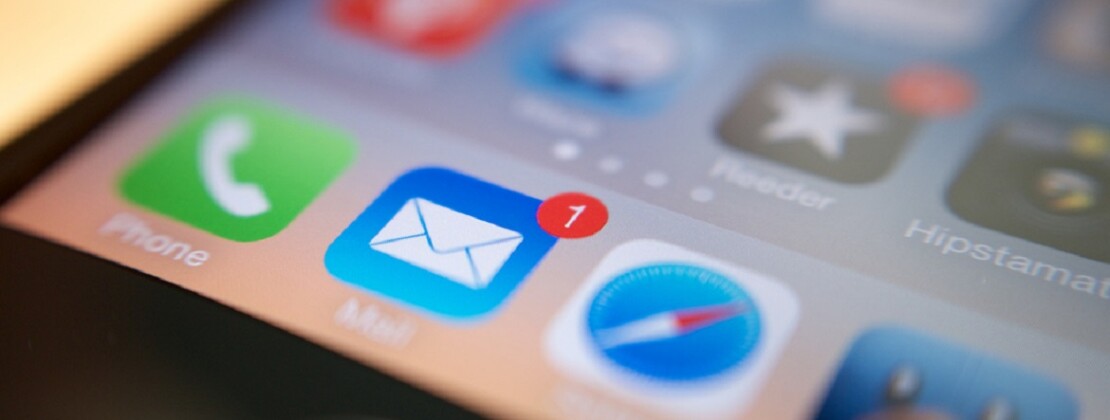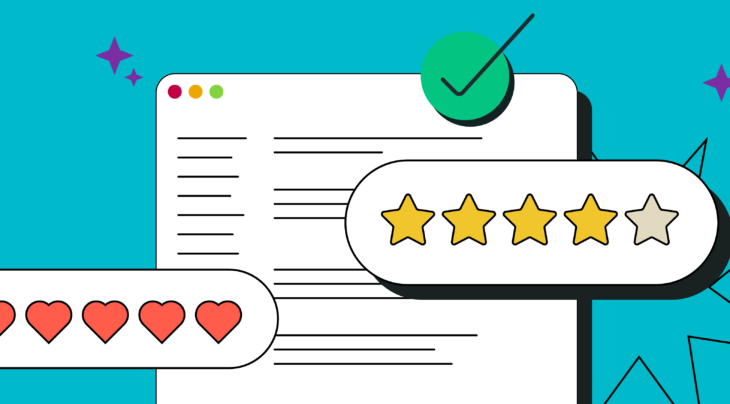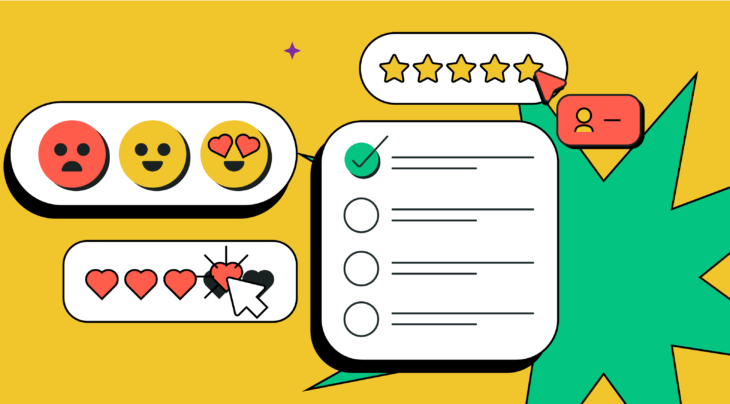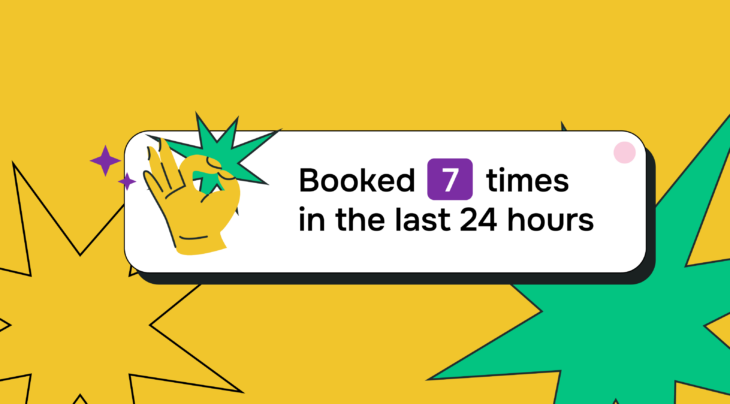The number of email campaigns Target sent between Dec. 26 and Jan. 2 rose nearly 87%, according to Internet Retailer.
For digital marketers, this begs the question of which is better with regards to email sends: quantity or quality?
It’s hard to get digital marketers to agree on everything, but one thing’s for sure – email is one of the top ways to reach customers. However, when planning email sends, not every brand (and the marketers behind them) seems to have enough concern with regards to the question of quantity vs quality.
Is it better to send customers one giant email that’s full of quality information? Or instead, is it better to send several short emails that each address one thing at a time? The answer is not always cut and dry, but here’s how experts address the question of quality vs quantity when it comes to email.
An Argument for Email Quantity
When it comes to email sends, quantity is best when reminders are necessary to reinforce action.
One of the best arguments for quantity relates to sales and promotional content. Oftentimes, just one reminder during the sales period is not enough. As a general rule, CRM (customer relationship management) company Salesforce has found that it takes between 6 to 8 “touches” to close a sale. These touch points may include in-person meetings and calls, but for online businesses, might rely on emails. In order to make sure interested customers have ample opportunity to take advantage of sale pricing, it’s often necessary to send multiple emails throughout the duration of the sale (especially if they opened the first one and forgot due to distraction).
App integration company Zapier (with help from well-known Digital Marketing experts) shares that some of the biggest mistakes with regards to quantity include:
- Wade Foster, Co-Founder and CEO of Zapier: Inconsistency in sending
- Robbie Mitchell, Head of Marketing and Communications at Knewton: Recurring emails for deals that are irrelevant to the subscriber
- Neil Patel, Co-Founder of Crazy Egg, Hello Bar, and Kissmetrics: Continuing to email subscribers that have shown they’re not interested after consistently not opening emails
Sending Too Many Emails
The uninformed might think that sending multiple emails might result in a better chance for an open rate, or someone becoming interested in what the brand is trying to sell. This might work, assuming the subscriber doesn’t get annoyed.
In the beginning of the customer relationship (or at least, email subscribership), it could be beneficial to send a higher quantity of emails to help familiarize a person with the brand. Those in the industry refer to these initial emails as a “welcome” series. According to Practical Ecommerce, welcome emails typically generate 3 times the clicks and sales of traditional promotional emails. Heavier engagement on the front end gives new subscribers the chance to familiarize themselves with a brand. For welcome emails, Jacqueline Smith of Forbes recommends:
- Telling a story
- Highlighting the call to action
- Letting the subject lead
Once through the more frequent welcome email sends, data from in-house tests will likely show that it’s necessary to tone things down to a weekly newsletter (or less).
An Argument for Email Quality
Many digital marketers assume that sending emails at a high frequency results in too much filler; not enough quality content. Sending emails with valuable information is a great strategy to ensure that people keep opening company emails.
Email Marketing: Segmentation & Targeting
One way to make sure that email sends are of the highest quality, is by ensuring that specific messages are sent to relevant subsections of the total email subscriber list. By segmenting and targeting specific users, a brand ensures that not everyone receives every email a comapny sends, thereby reducing quantity and improving quality. As a result, a company using segmentation can expect better open rates, and less people opting out of emails.
Digital marketing analytics company Kissmetrics suggests the following segmentation possibilities:
- Demographics
- Email engagement
- Geographic area
- Past purchases/amount spent
- Interests
Email Quantity or Quality: Which is Better?
In the most general sense, quality is better than quantity when it comes to email sends. People scan through their emails looking for good (or at least relevant) content, and if they don’t find it, an email will be sent straight to the trash. Not meeting email subscribers’ expectations can cost a company big.
According to a Microsoft study, humans now have an average 8 second attention span. If your content isn’t of a high enough quality to capture an email subscriber’s attention, they’re going to move right along to the next email in their inbox.
How to Improve the Quality of Email Sends
Here are a few things that can help improve the quality of email sends:
- Kate Harrison, a contributor to Forbes remarks, “Nobody is going to read your story if they are not drawn in—by emotion.” Make your subject line stand out and encourage action by appealing to our target customer’s emotions.
- By creating quality content in an email that specifically targets a specific audience, they’ll be more receptive to what a company has to offer.
It’s important to reach many people, but not at the expense of cutting quality. Ultimately, the choice between email quantity or quality comes down to specific goals, and the type of content that’s being sent. Use an email marketing platform to test both options, and their subsets (like targeting/segmentation) to find out what works best.
What do you think about email quantity vs quality? Tweet your thoughts at @SendPulseCom, and we’ll share our favorites!





